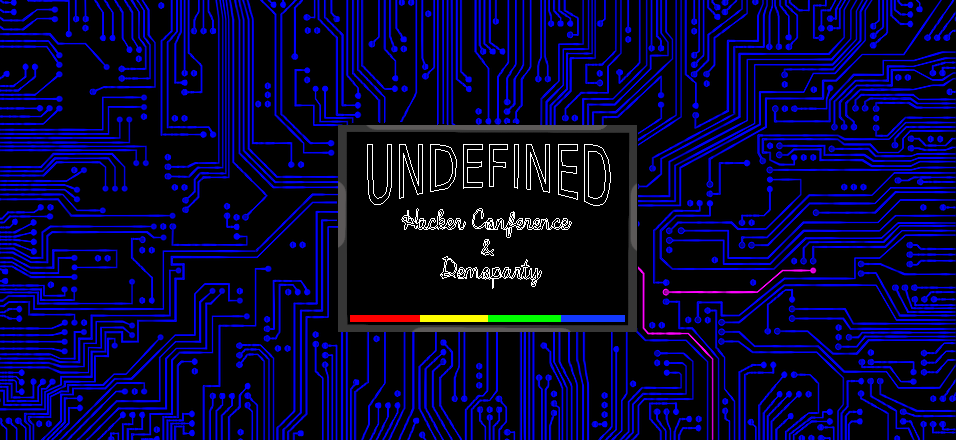Feed digilinux.ru [copy] http://digilinux.ru/feed/ has loading error: cURL error 22: The requested URL returned error: 403 Forbidden
Feed freepost [copy] https://freepo.st/rss/new has loading error: cURL error 22: The requested URL returned error: 500
What's everyone's daily driver device?
Could be anything, from a laptop, to a desktop, to a tablet. I personally daily drive a MacBook Air M1.
RIP, Bram Moolenaar
https://news.itsfoss.com/vim-creator-passed-away/
I'd noticed that updates to vim's git repository has recently been more sporadic than usual. Now I know why and I'm even sadder.
The rc shell and its excellent handling of whitespace
This blog post is a response to Mark Dominus’ “The shell and its crappy handling of whitespace”.
I’ve been working on a shell for Unix-like systems called rc, which draws heavily from the Plan 9 shell of the same name. When I saw Mark’s post about the perils of whitespace in POSIX shells (or derived shells, like bash), I thought it prudent to see if any of the problems he outlines are present in the shell I’m working on myself. Good news: they aren’t!
Let’s go over each of his examples. First he provides the following example:
for i in *.jpg; do cp $i /tmp done
This breaks if there...
Alpine Linux does not make the news
My Linux distribution of choice for several years has been Alpine Linux. It’s a small, efficient distribution which ships a number of tools I appreciate for their simplicity, such as musl libc. It has a very nice package manager, apk, which is fast and maintainable. The development community is professional and focuses on diligent maintenance of the distribution and little else. Over the years I have used it, very little of note has happened.
I run Alpine in every context; on my workstation and my laptops but also on production servers, on bare-metal and in virtual machines, on my RISC-V and ARM development boards, at times on my...
Организуем фестиваль для хакеров

Дорогой Хабр, сегодня я пиарюсь. Я хочу анонсировать фестиваль под названием "Undefined". Моя задача - завлечь посетителей, показать, как устроен фестиваль изнутри, с точки зрения админа, а также попробовать найти спонсора.
Если коротко, Undefined - это конкурс компьютерного искусства (т. н. демосцены), конференция, хардварный хакатон, выставка самодельной электроники и робототехники (в том числе, ламповой и электромеханической) от частных коллекционеров, музей ретро-компьютеров и приставок. Фестиваль носит неофициальный характер и делает акцент на самодельные приспособления (от английского DIY, или Do It Yourself).
Чтобы статья не была пустой, я расскажу, как управлять гигантскими часами-табло с помощью микроконтроллера, либо Raspberry Pi.
Читать далееSeriously, don't sign a CLA
https://www.youtube-nocookie.com/embed/-zRN7XLCRhc?start=2483
SourceGraph is making their product closed source, abandoning the Apache 2.0 license it was originally distributed under, so once again we convene in the ritual condemnation we offer to commercial products that piss in the pool of open source. Invoking Bryan Cantrill once more:
Bryan Cantrill on OpenSolaris — YouTube
A contributor license agreement, or CLA, usually (but not always) includes an important clause: a copyright assignment. These agreements are provided by upstream maintainers to contributors to open source software projects, and they demand a signature before the contributor’s work is incorporated into the upstream project. The copyright assignment clause that is usually included serves to offer the upstream maintainers...
Social media and "parasocial media"
A few months ago, as Elon Musk took over Twitter and instituted polices that alienated many people, some of these people fled towards federated, free software platforms like Mastodon. Many people found a new home here, but there is a certain class of refugee who has not found it to their liking.
I got to chatting with one such “refugee” on Mastodon today. NotJustBikes is a creator I enjoy watching on YouTube Invidious, who makes excellent content on urbanism and the design of cities. He’s based in my home town of Amsterdam and his videos do a great job of explaining many of the things I love about...